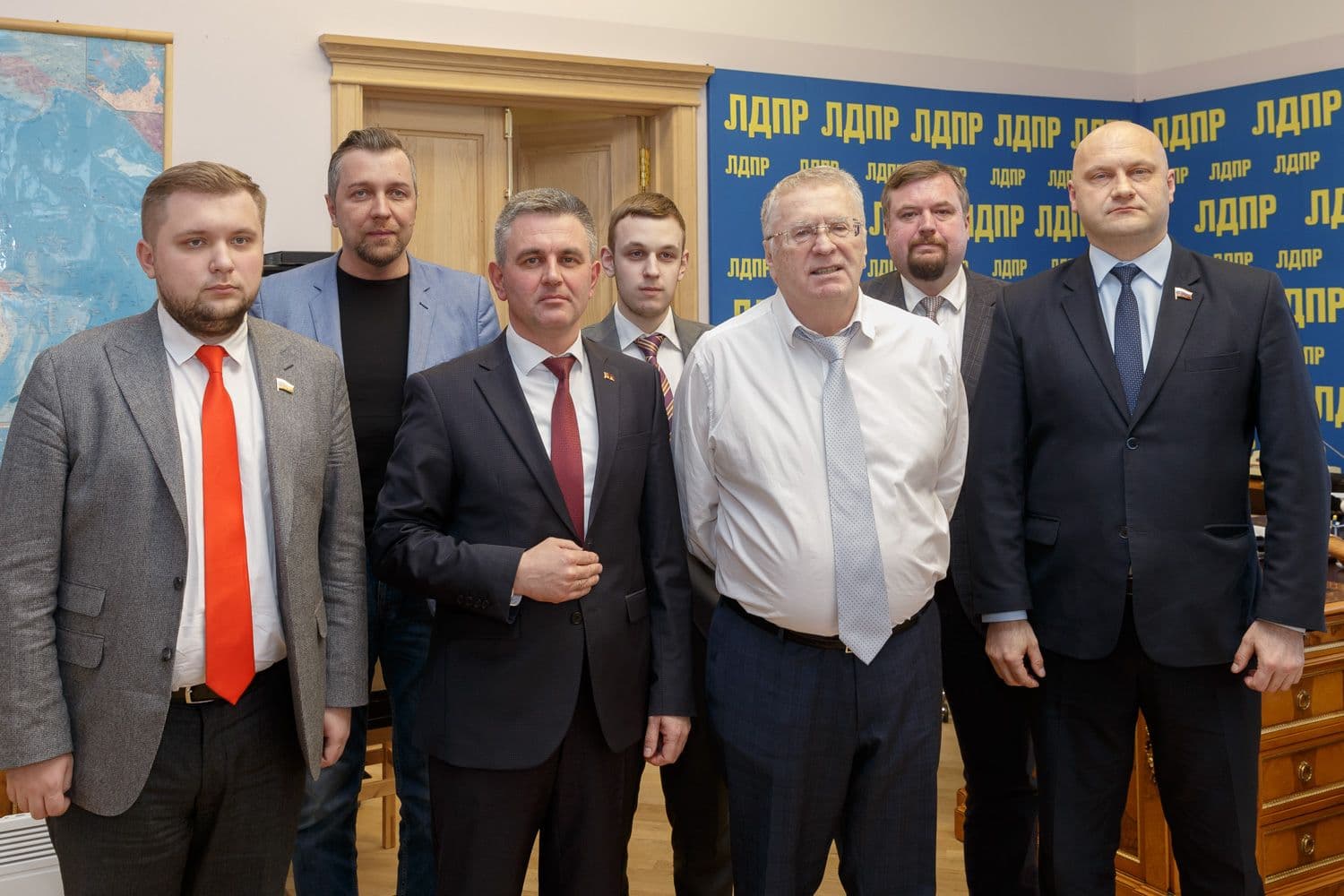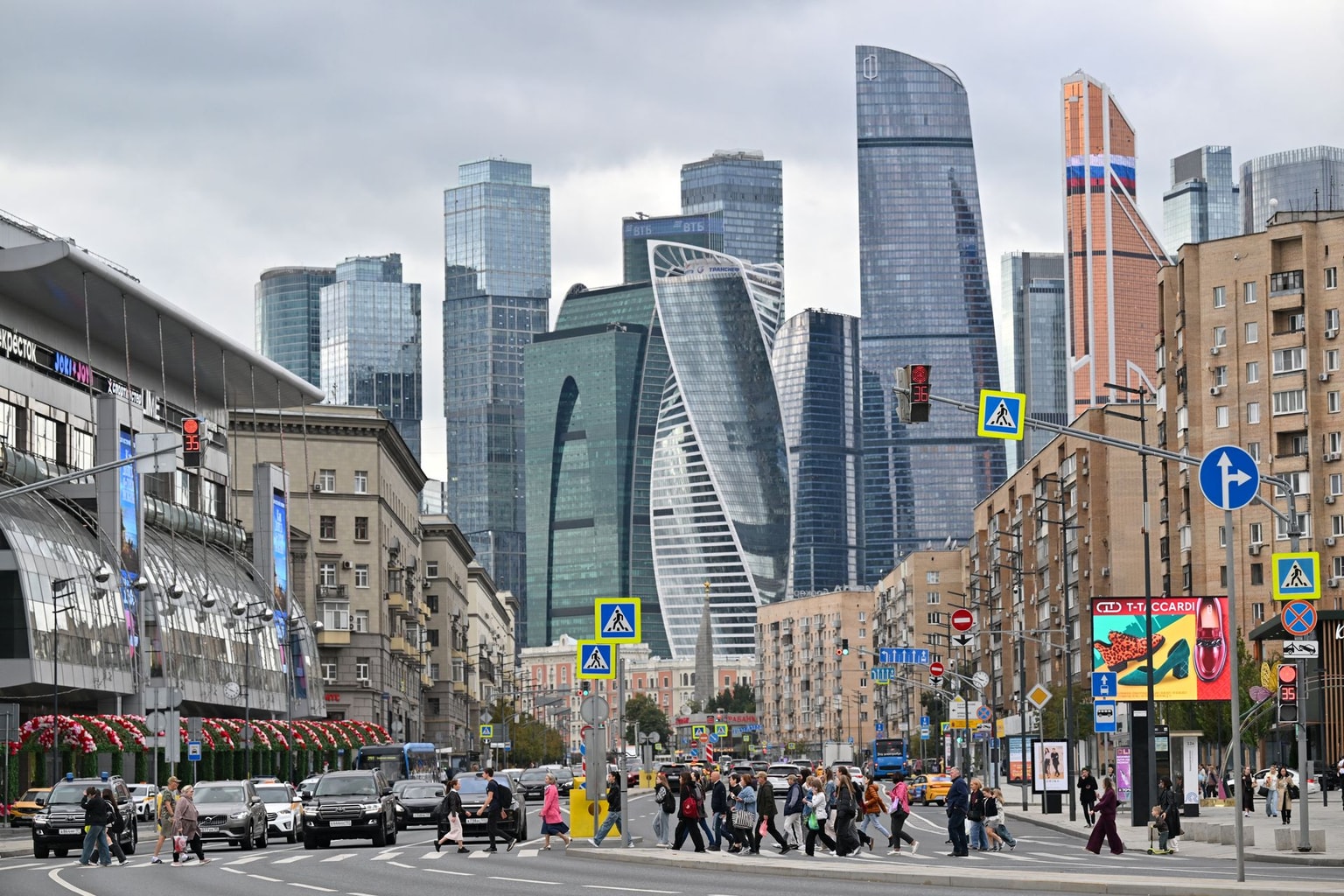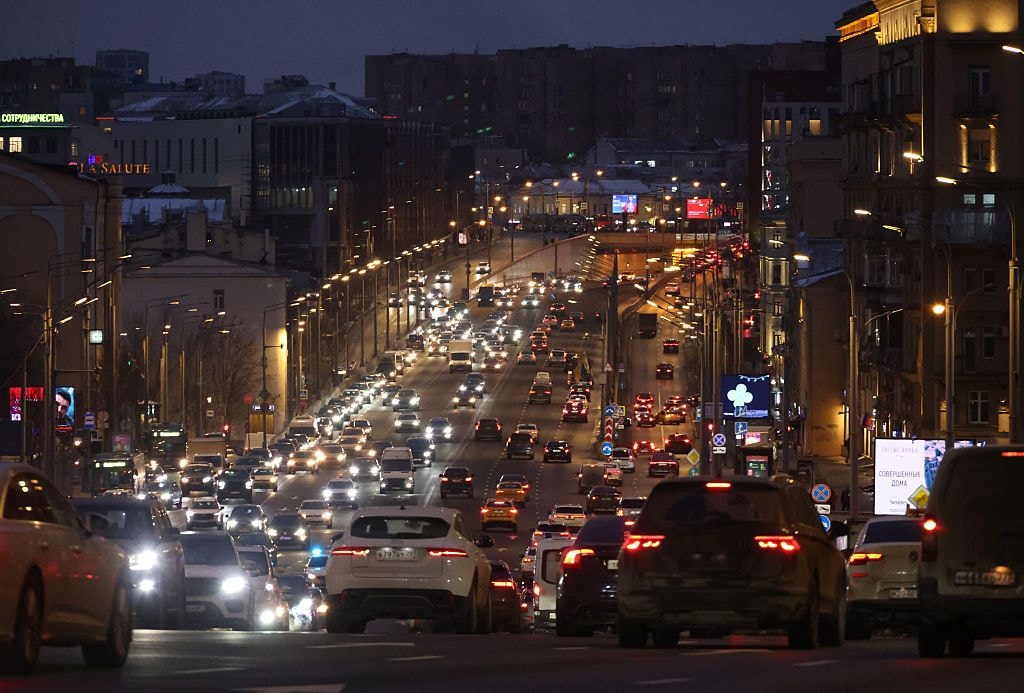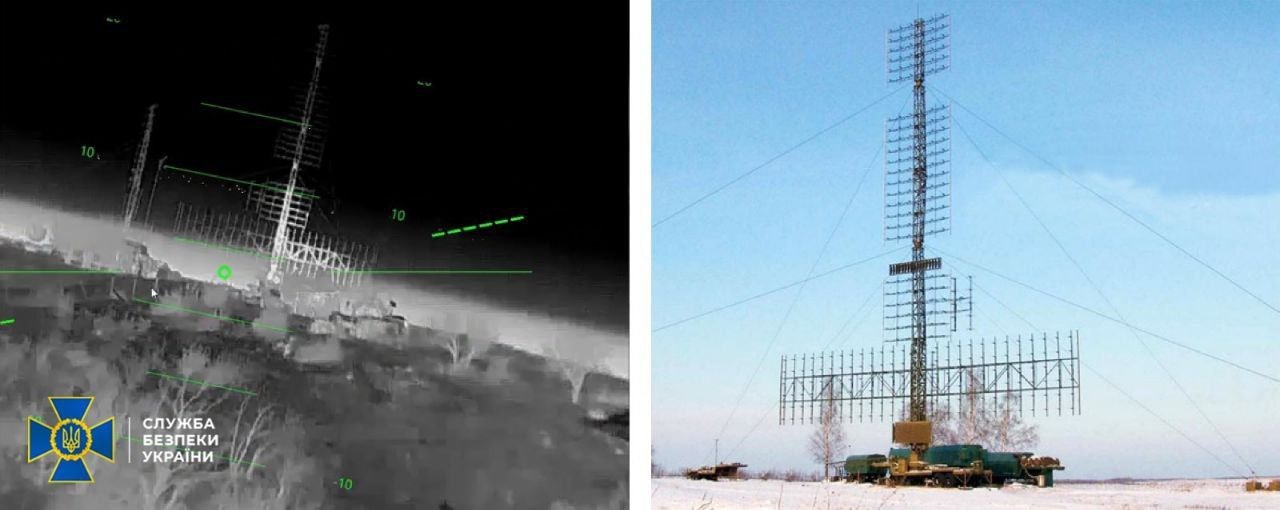Transnistria becomes potential hotspot in Russia's war

Moldova’s Russian-occupied Transnistria region is becoming a new focal point in Moscow's ongoing invasion of Ukraine.
Tensions have been rising over the fate of the breakaway republic after several explosions have been reported in Transnistria, which local Russian-led authorities claimed were attacks by Ukraine.
One theory is that Russia may try to use its stronghold in Transnistria to either launch an attack against Ukraine from the west, opening a second front, or divert the Ukrainian army’s attention from the more important battle for Ukraine's eastern Donbas region.
Russia may also be trying to destabilize Moldova and discredit its pro-Western President Maia Sandu. A related purpose would be to send a signal to Romania, a NATO member and Moldova’s strongest backer in the West.
Transnistria, populated by Moldovans, Ukrainians and Russians, proclaimed independence in 1991 but it has not been recognized by any state. Russia, which backed Transnistria, invaded Moldova in 1992 and permanently deployed troops in the breakaway region. Sandu has called Russia's military presence in Transnistria illegitimate and called for the withdrawal of Russian troops.
Incidents
The escalation in Transnistria in recent weeks seemingly followed the pattern of Russia's provocations in the run-up to its large-scale invasion of Ukraine, which started on Feb. 24.
On April 25, Russia's proxies in Transnistria said that the building of the self-proclaimed republic’s State Security Ministry (MGB) in the city of Tiraspol had been fired at from grenade launchers. They also claimed that a drone had attacked a military airfield near Tiraspol.
On April 26, the proxies said that radio antennas had been blown up in the town of Mayak in Transnistria. The towers were used to broadcast Russian radio.
The proxies also said that a military base in the village of Parkany had been attacked.
As a result, Transnistria raised its terrorism threat level to "red." Ukraine’s military intelligence claimed that Transnistria had also started military training as part of future mobilization.
Vadym Krasnoselsky, the leader of Russia's Transnistria proxies, blamed Ukraine for the incidents. Meanwhile, Russian propaganda accused Ukraine, Romania and Moldova of planning to invade Transnistria.
On April 27, Transnistria also claimed that Ukrainian drones had shelled unidentified objects "in the direction of" the Transnistrian village of Kolbasna, where a large arms depot is located.
At the same time, in late April-early May Russia shelled a bridge across the estuary of the Dniester not far from Transnistria three times, and destroyed it.
Looming offensive?
Transnistria’s army comprises about 7,500 troops, and it may also draft more troops if mobilization is announced. Meanwhile, Russia has a mere 1,700 troops in Transnistria.
Rustam Minnekayev, commander of Russia’s Central Military District, said on April 22 that Russia aimed to launch an offensive in the south of Ukraine and reach the borders of Transnistria. He said that Russian speakers were being oppressed in Moldova – a common false excuse for Russian aggression.
Ukrainian intelligence argued that Russia’s Federal Security Service (FSB) was responsible for the explosions in Transnistria. They said that its purpose was to get Transnistria involved in the war and use it as a staging ground for launching attacks against Ukraine.
"This is an FSB provocation aimed at creating a hotspot in Transnistria," Ukrainian political analyst Volodymyr Fesenko told the Kyiv Independent.
Serhiy Gerasimchuk, a Moldova and Romania expert at the Ukrainian Prism think-tank, concurred.
"There is no information on casualties," he said. "I think this was staged by the Russians or their proxies."
There is speculation that Russia may try to launch an offensive towards Odesa from Transnistria in order to divert Ukrainian forces from the main front in the Donbas.
However, military analyst Vyacheslav Tseluiko told the Kyiv Independent that the forces of Russia and its proxies in Transnistria are too small for such an offensive.
“If they try to do it, the operation will end quickly and badly for Russia,” he said. “If this happens, it will be in Ukraine’s interests.”
Tseluiko also said that it would be practically impossible to airlift Russian troops through Ukrainian territory to Transnistria.
“It would be suicide,” he said. “Hundreds of (Russian) paratroopers would be killed.”
Short of a genuine offensive from Transnistria, the Russian provocations may still be an attempt to divert Ukraine’s attention and forces from the Donbas front, Tseluiko and Gerasimchuk said.
Another potential scenario is that Russia may attack Moldova itself.
But Tseluiko and Fesenko said that this is unlikely as long as Russia is fighting its war against Ukraine.
"As long as Ukraine continues defending itself, there is no threat for Moldova," Tseluiko said.
Destabilizing Moldova
One potential reason for the escalation is an attempt by Russia to pressure Moldova.
Historically, Russia has had a lot of influence in the country – most recently through pro-Kremlin Moldovan President Igor Dodon in 2016-2020. However, the election of pro-Western President Maia Sandu in 2020 dealt a blow to Russia’s aspiration to bring Moldova into its orbit.
Meanwhile, Moldova’s Gagauzia autonomous district, populated by the Gagauz ethnic group, has been pro-Russian. The neighboring region of Ukrainian Bessarabia, where Gagauz also live, has also been a center of pro-Russian sentiment.
Gerasimchuk argued that Russia was aiming to destabilize Moldova and put pressure on Moldova’s social security system, with Transnistria residents fleeing to the non-occupied parts of the country.
“Russia seeks to discredit Sandu and make sure that she’s not able to fulfill her election promises,” he told the Kyiv Independent.
Gerasimchuk said that Russia’s actions could also be an effort to indirectly pressure Romania, which has strong linguistic and cultural ties to Moldova. The escalation in Transnistria coincided with a visit to Kyiv by Romanian Prime Minister Nicolae Ciuca on April 26.
"This could be a signal to the Romanians," he said. "Maybe it was not a coincidence that a Romanian delegation was in Kyiv."
By destabilizing Moldova, Russian dictator Vladimir Putin may also be trying to prevent it from integrating into the European Union. On May 5, the European Parliament backed a resolution in support of granting Moldova the status of an EU candidate.
Putin has also been obsessed with not letting Russia's neighbors join NATO. Although the Moldovan Constitution bans joining military blocs, Moldova is closely linked to Romania, a NATO member.
Speculation is rife that Russia may also try to undermine Moldova by recognizing its Transnistrian proxies as an independent state or annexing the self-proclaimed republic. This echoes Russia's alleged plans to create a puppet republic in Kherson Oblast, as well as Russia's potential annexation of the Donbas.










